By: Alessia Cerantola.
In Japan, more and more children are refusing to go to school, a phenomenon called «futoko». As the numbers keep rising, people are asking if it’s a reflection of the school system, rather than a problem with the pupils themselves.
Ten-year-old Yuta Ito waited until the annual Golden Week holiday last spring to tell his parents how he was feeling – on a family day out he confessed that he no longer wanted to go to school.
For months he had been attending his primary school with great reluctance, often refusing to go at all. He was being bullied and kept fighting with his classmates.
His parents then had three choices: get Yuta to attend school counselling in the hope things would improve, home-school him, or send him to a free school. They chose the last option.
Now Yuta spends his school days doing whatever he wants – and he’s much happier.
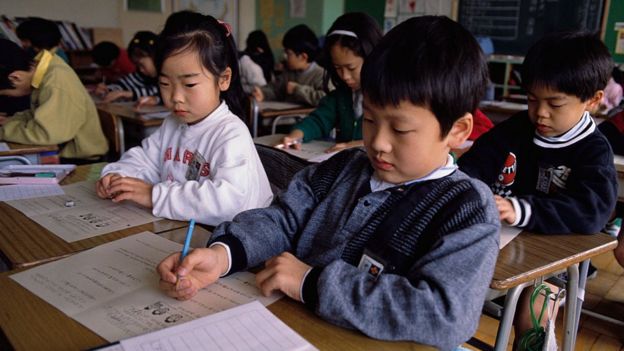 Image copyrightGETTY IMAGES
Image copyrightGETTY IMAGESYuta is one of Japan’s many futoko, defined by Japan’s education ministry as children who don’t go to school for more than 30 days, for reasons unrelated to health or finances.
The term has been variously translated as absenteeism, truancy, school phobia or school refusal.
Attitudes to futoko have changed over the decades. Until 1992 school refusal – then called tokokyohi, meaning resistance – was considered a type of mental illness. But in 1997 the terminology changed to the more neutral futoko, meaning non-attendance.
On 17 October, the government announced that absenteeism among elementary and junior high school students had hit a record high, with 164,528 children absent for 30 days or more during 2018, up from 144,031 in 2017.
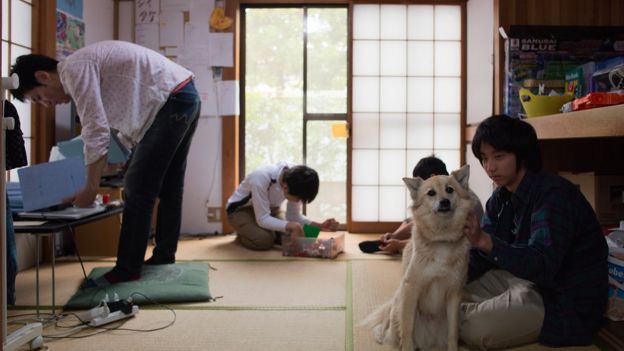
The free school movement started in Japan in the 1980s, in response to the growing number of futoko. They’re alternative schools that operate on principles of freedom and individuality.
They’re an accepted alternative to compulsory education, along with home-schooling, but won’t give children a recognised qualification.
The number of students attending free or alternative schools instead of regular schools has shot up over the years, from 7,424 in 1992 to 20,346 in 2017.
Dropping out of school can have long-term consequences, and there is a high risk that young people can withdraw from society entirely and shut themselves away in their rooms – a phenomenon known as hikikomori.
- Pisa rankings: Why Estonian pupils shine in global tests
- Backlash over Japan ‘glasses ban’ for female staff
- ‘I had an interest in school – but zero help’
More worrying still is the number of pupils who take their own lives. In 2018, the number of school suicides was the highest in 30 years, with 332 cases.
In 2016 the rising number of student suicides led the Japanese government to pass a suicide prevention act with special recommendations for schools.
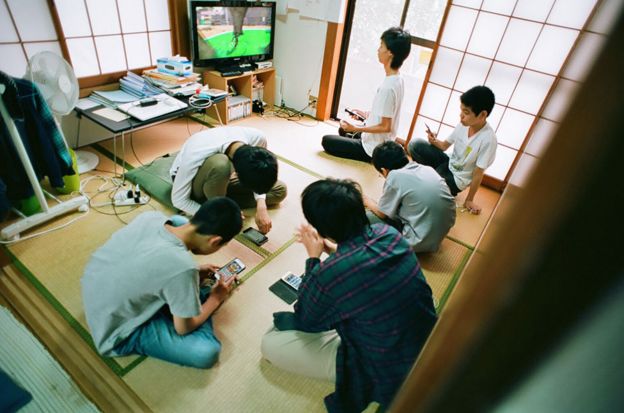 Image copyrightSTEPHANE BUREAU DU COLOMBIER
Image copyrightSTEPHANE BUREAU DU COLOMBIERSo why are so many children avoiding school in Japan?
Family circumstances, personal issues with friends, and bullying are among the main causes, according to a survey by the ministry of education.
In general, the dropouts reported that they didn’t get along with other students, or sometimes with the teachers.
That was also the case for Tomoe Morihashi.
«I didn’t feel comfortable with many people,» says the 12-year-old. «School life was painful.»
Tomoe suffered from selective mutism, which affected her whenever she was out in public.
«I couldn’t speak outside my home or away from my family,» she says.
And she found it hard to obey the rigid set of rules that govern Japanese schools.
«Tights must not be coloured, hair must not be dyed, the colour of hair elastics is fixed, and they must not be worn on the wrist,» she says.
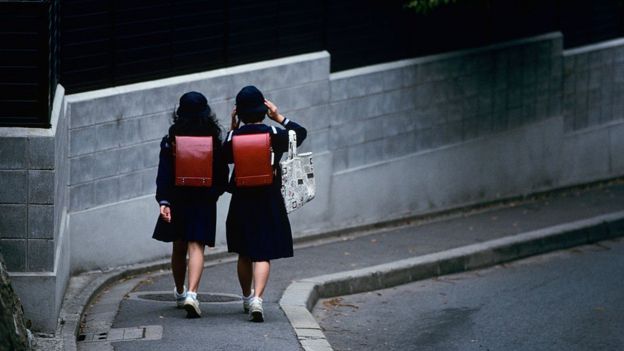 Image copyrightGETTY IMAGES
Image copyrightGETTY IMAGESMany schools in Japan control every aspect of their pupils’ appearance, forcing pupils to dye their brown hair black, or not allowing pupils to wear tights or coats, even in cold weather. In some cases they even decide on the colour of pupils’ underwear.
Strict school rules were introduced in the 1970s and 1980s in response to violence and bullying. They relaxed in the 1990s but have become more severe recently.
These regulations are known as «black school rules», reflecting a popular term used to describe companies that exploit their workers.
Now Tomoe, like Yuta, attends Tamagawa Free School in Tokyo where students don’t need to wear a uniform and are free to choose their own activities, according to a plan agreed between the school, parents and pupils. They are encouraged to follow their individual skills and interests.
There are rooms with computers for Japanese and maths classes and a library with books and mangas (Japanese comic books).
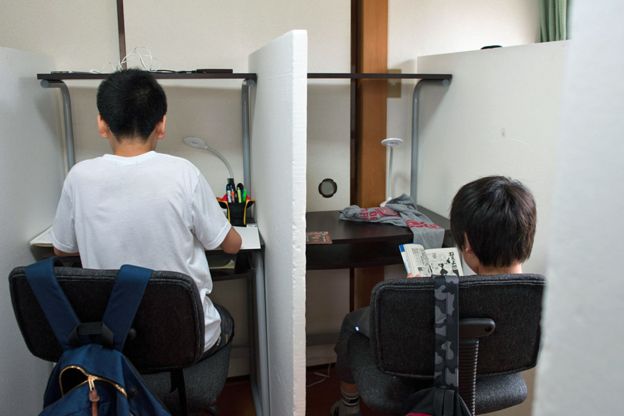 Image copyrightSTEPHANE BUREAU DU COLOMBIER
Image copyrightSTEPHANE BUREAU DU COLOMBIERThe atmosphere is very informal, like a big family. Students meet in common spaces to chat and play together.
«The purpose of this school is to develop people’s social skills,» says Takashi Yoshikawa, the head of the school.
Whether it’s through exercising, playing games or studying, the important thing is to learn not to panic when they’re in a large group.
The school recently moved to a larger space, and about 10 children attend every day.
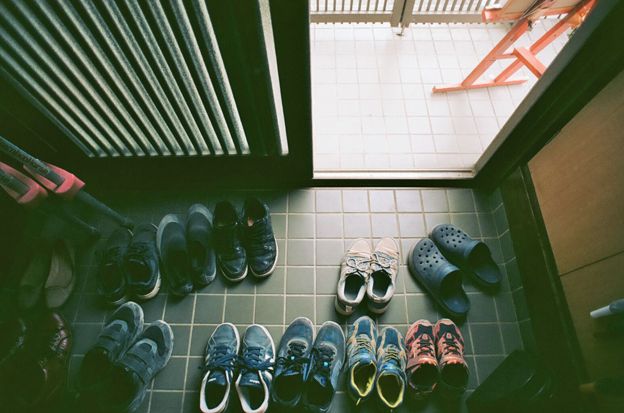 Image copyrightSTEPHANE BUREAU DU COLOMBIER
Image copyrightSTEPHANE BUREAU DU COLOMBIERMr Yoshikawa opened his first free school in 2010, in a three-storey apartment in Tokyo’s residential neighbourhood of Fuchu.
«I expected students over 15 years old, but actually those who came were only seven or eight years old,» he says. «Most were silent with selective mutism, and at school they didn’t do anything.»
Mr Yoshikawa believes that communication problems are at the root of most students’ school refusal.
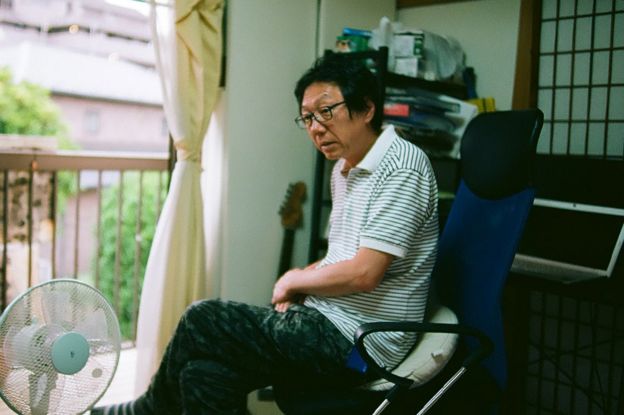 Image copyrightSTEPHANE BUREAU DU COLOMBIER
Image copyrightSTEPHANE BUREAU DU COLOMBIERHis own journey into education was unusual. He quit his job as a «salary man» in a Japanese company in his early 40s, when he decided he wasn’t interested in climbing the career ladder. His father was a doctor, and like him, he wanted to serve his community, so he became a social worker and foster father.
The experience opened his eyes to the problems children face. He realised how many students suffered because they were poor, or victims of domestic abuse, and how much this affected their performance at school.
Part of the challenge pupils face is the big class sizes, says Prof Ryo Uchida, an education expert at Nagoya University.
«In classrooms with about 40 students who have to spend a year together, many things can happen,» he says.
Prof Uchida says comradeship is the key ingredient to surviving life in Japan because the population density is so high – if you don’t get along and co-ordinate with others, you won’t survive. This not only applies to schools, but also to public transport and other public spaces, all of which are overcrowded.
 Image copyrightGETTY IMAGES
Image copyrightGETTY IMAGESBut for many students this need to conform is a problem. They don’t feel comfortable in overcrowded classrooms where they have to do everything together with their classmates in a small space.
«Feeling uncomfortable in such a situation is normal,» says Prof Uchida.
What’s more, in Japan, children stay in the same class from year to year, so if problems occur, going to school can become painful.
«In that sense, the support provided for example by free schools is very meaningful,» Prof Uchida says. «In free schools, they care less about the group and they tend to value the thoughts and feelings of each single student.»
 Image copyrightSTEPHANE BUREAU DU COLOMBIER
Image copyrightSTEPHANE BUREAU DU COLOMBIERBut although free schools are providing an alternative, the problems within the education system itself remain an issue. For Prof Uchida, not developing students’ diversity is a violation of their human rights – and many agree.
Criticism of «black school rules» and the Japanese school environment is increasing nationwide. In a recent column the Tokyo Shimbun newspaper described them as a violation of human rights and an obstacle to student diversity.
In August, the campaign group «Black kosoku o nakuso! Project» [Let’s get rid of black school rules!] submitted an online petition to the education ministry signed by more than 60,000 people, asking for an investigation into unreasonable school rules. Osaka Prefecture ordered all of its high schools to review their rules, with about 40% of schools making changes.
Prof Uchida says the education ministry now appears to accept absenteeism not as an anomaly, but a trend. He sees this as a tacit admission that futoko children are not the problem but that they are reacting to an education system that is failing to provide a welcoming environment.

You may also like:
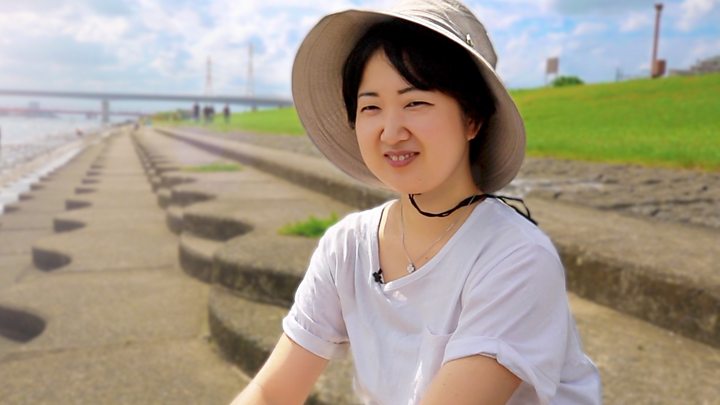
At least half a million young men in Japan are thought to have withdrawn from society, and refuse to leave their bedrooms. They’re known as hikikomori.
Their families often don’t know what to do, but one organisation is offering «sisters for hire» to help coax these young men out of their isolation.
Source of the article: https://www.bbc.com/news/world-asia-50693777
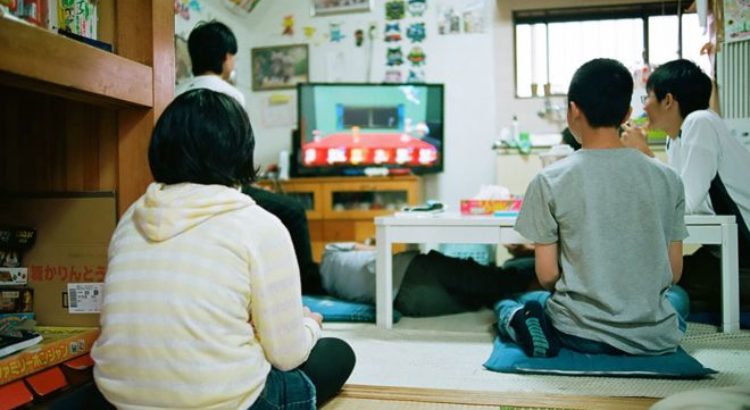
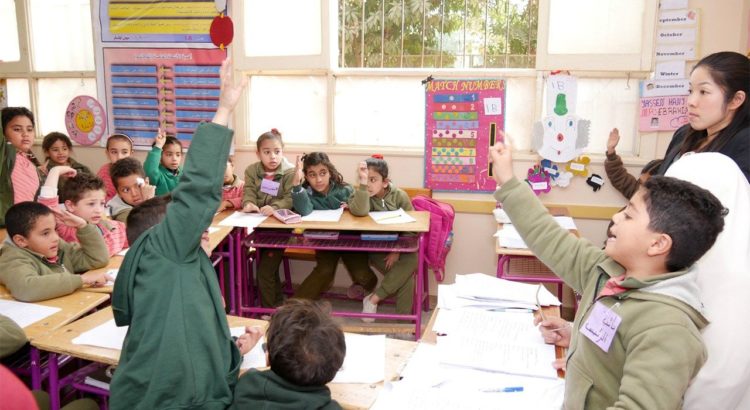
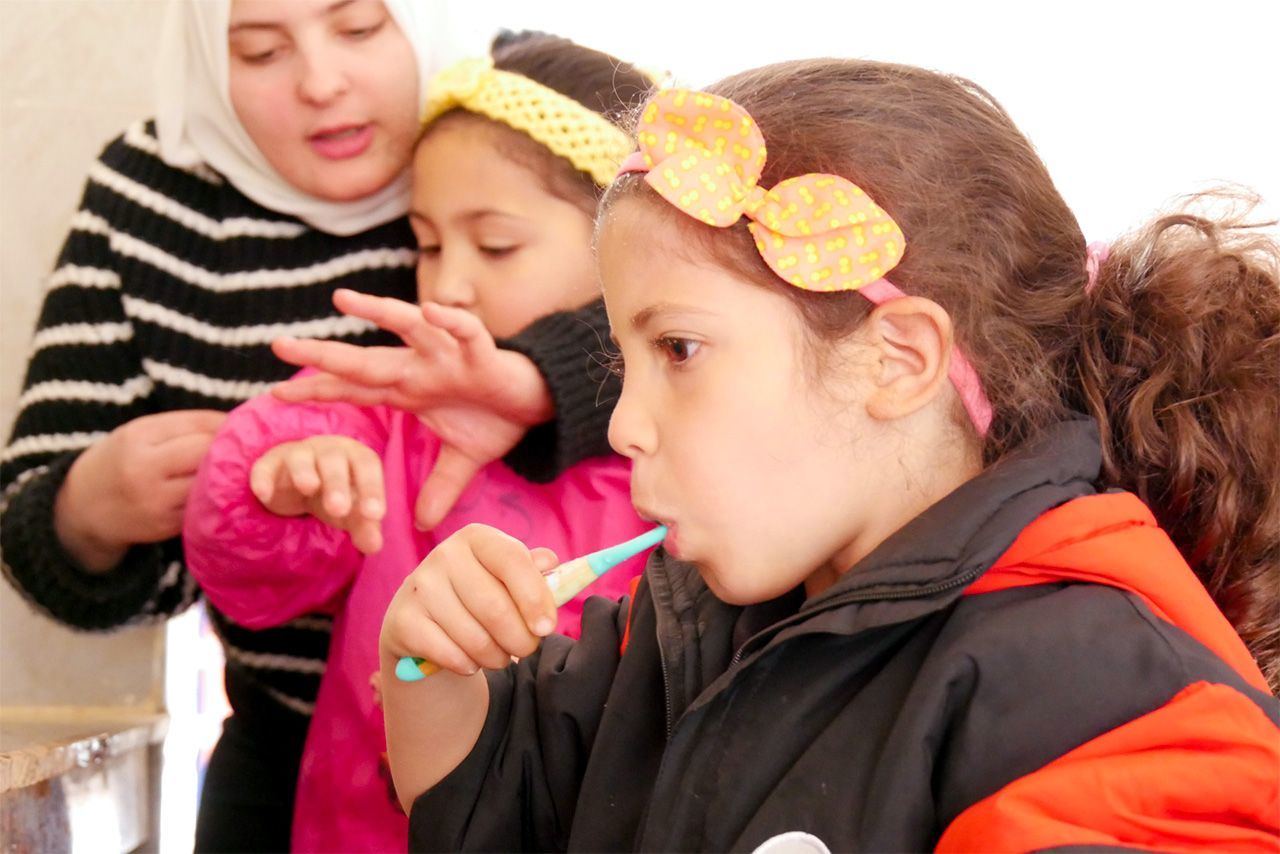











 Users Today : 266
Users Today : 266 Total Users : 35459861
Total Users : 35459861 Views Today : 440
Views Today : 440 Total views : 3418412
Total views : 3418412